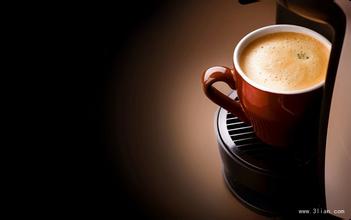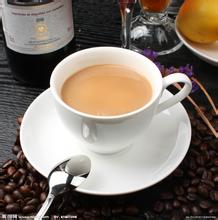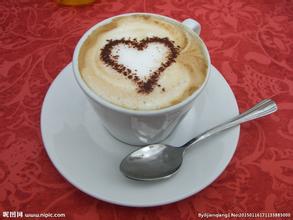Comparison table of extraction method and grinding coefficient-grinding and extraction of coffee
Comparison table of extraction method and grinding coefficient-grinding and extraction of coffee
The first is the choice of instruments for production. Good filter cups and filter paper are not only necessary for making good coffee, but also necessary for good steaming. The high-quality brand filter cup design groove can make the air fluidity is good, will not let the gas gush out from the coffee surface, the water permeability of the high-quality filter paper will also make the hot water pass through quickly, will not form the dripping filtration speed sometimes fast and sometimes slow.
Second, it is necessary to have a suitable hand flushing pot, which can well control the outlet speed and flow rate, flow rate, as well as the softness and hardness of the flow.
Third, water quantity. Steaming water does not need too much, only need to wet the surface of coffee, but need to be soft and light, fast and uniform, like spring rain moisturizer, so that the steaming speed can be carried out at the same time.
Fourth, the temperature of the water. I personally think that the best temperature for making hand-brewed coffee is 83 degrees, and the highest temperature should not exceed 90 degrees. This kind of water temperature will not produce too much bitterness or sour taste when steaming, and it can also make the coffee fully expand.
In recent years, through a special optical refractometer, the total dissolved solid (TDS,totaldissolvedsolids, unit is mg/L) can be measured according to the refractive index change affected by the amount of solute, and then the weight of soluble organic matter in the solution, which is commonly known as concentration, can be calculated. When a cup of coffee contains less than 1% of the substance from coffee beans, our sense of taste usually determines that the cup of coffee is too light. On the contrary, if the content is higher than 2%, it will generally feel too strong. The differences between nationality and habitual taste are reflected in the concentration standards of different coffee boutique associations. For example, the best concentration set by the American boutique coffee association SCAA is between 1.2% and 1.4%, while by Nordic standards, the preferred concentration is between 1.3% and 1.5%.
When the grinding particles are fine, the contact time is relatively shortened. At the same time, because the particles are finer, the contact area with water becomes larger, and the matter that can be dissolved is also relatively increased. Furthermore, both the degree of coffee grinding and the amount of coffee will directly affect the contact area with the solvent. The more powder, the finer the particles, the larger the contact area with water. When the expected concentration (Strength Concentration) falls in a certain range, the reaction time is relatively shortened.
Of course, for random drinking, the best extraction rate and concentration are not absolutely necessary, and the expensive optical refractometer is not necessarily among the household cooking tools. But master every cause of the daily experiment of coffee brewing and rule out the problematic elements.

Important Notice :
前街咖啡 FrontStreet Coffee has moved to new addredd:
FrontStreet Coffee Address: 315,Donghua East Road,GuangZhou
Tel:020 38364473
- Prev

Why is the milk always out of shape when pulling flowers in coffee?
Why is the milk always out of shape when pulling flowers in coffee? 1. An easy-to-use foam method for beginners to fill about half a cup of cold meal milk; spray off the remaining water in the steam pipe; insert the milk at an angle of 30-40 degrees, and insert it at the center 1 to the left (or to the right); turn on the steam, first rotate the milk fully, slowly move the cups down, do not let the steam nozzle away from the milk too
- Next

What is the reason why the temperature of coffee extracted by coffee machine is too low?
Why is the coffee machine extracting coffee too low? after the essence of the winning Bureau experienced the correct picking, production and roasting, it came to the last two gates of import, grinding and extraction.
Related
- What is the meaning of lactic acid fermentation with coffee bean treatment?
- How to judge the state of foam by sound?
- How does the latte pull out the unicorn pattern? Come to get for a little trick to improve the flower pull!
- Will flower pulling affect the taste of the latte?
- Do you know the history of coffee?
- The difference between honey treatment and sun washing what is raisin honey treatment?
- What kind of milk can a novice use to make coffee foam to keep the foam longer? The correct method and skills of milking tutorial sharing
- Why do washed coffee beans taste sour? Flavor characteristics of washed Coffee
- Introduction to the skill of how to practice the size and height of water injection around the circle of hand-brewed coffee
- How do beginners practice coffee flower drawing from scratch?

